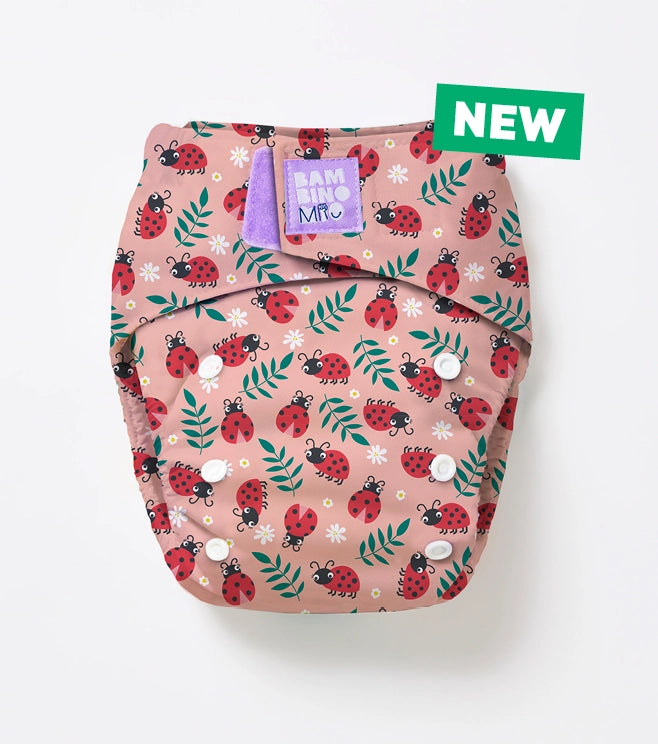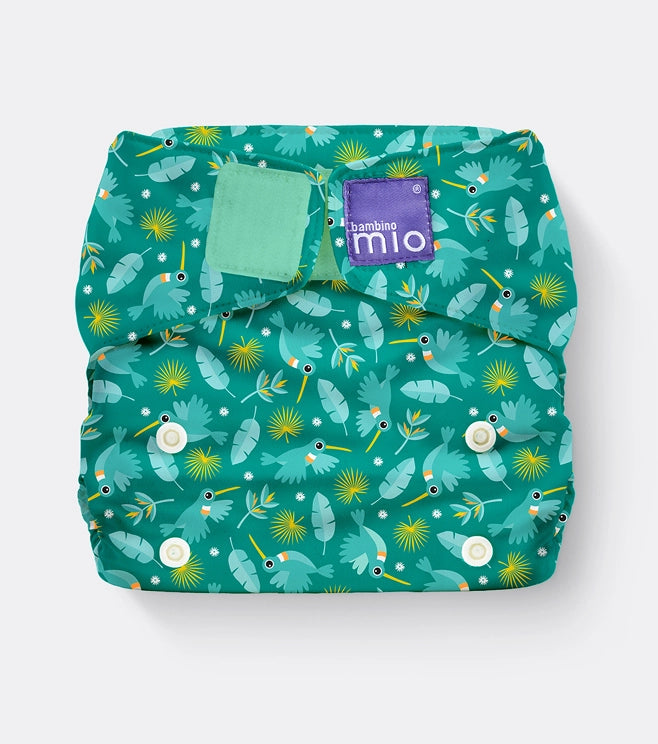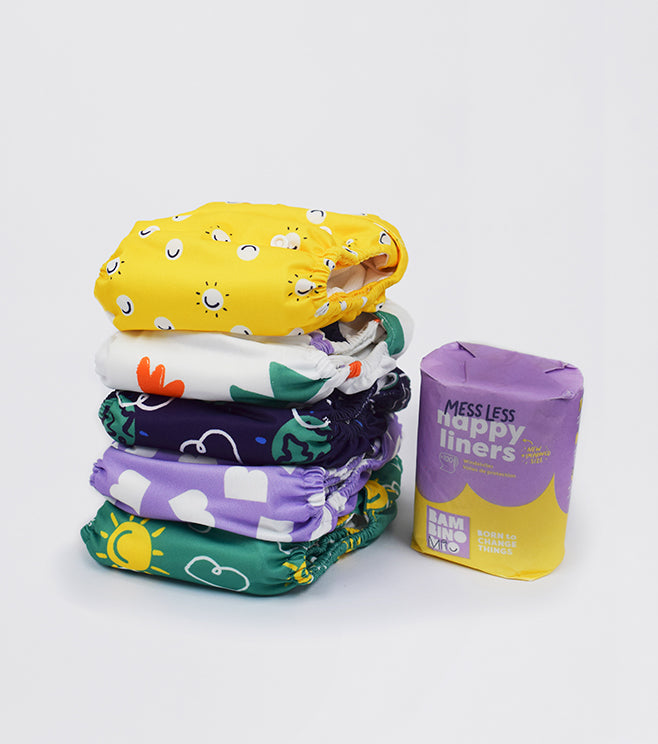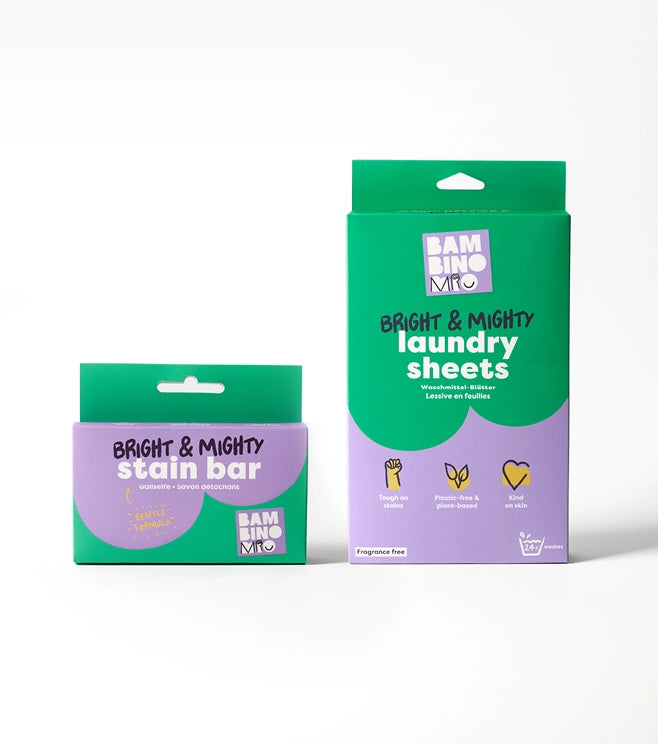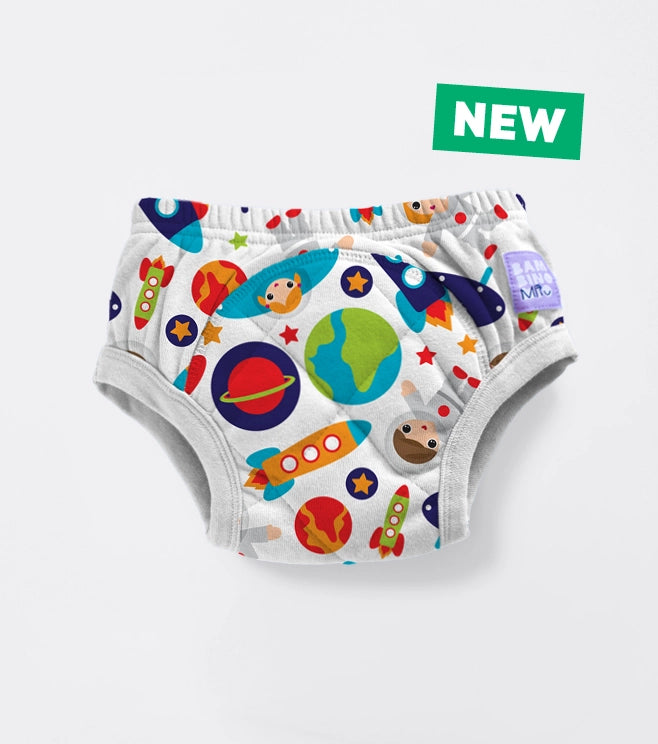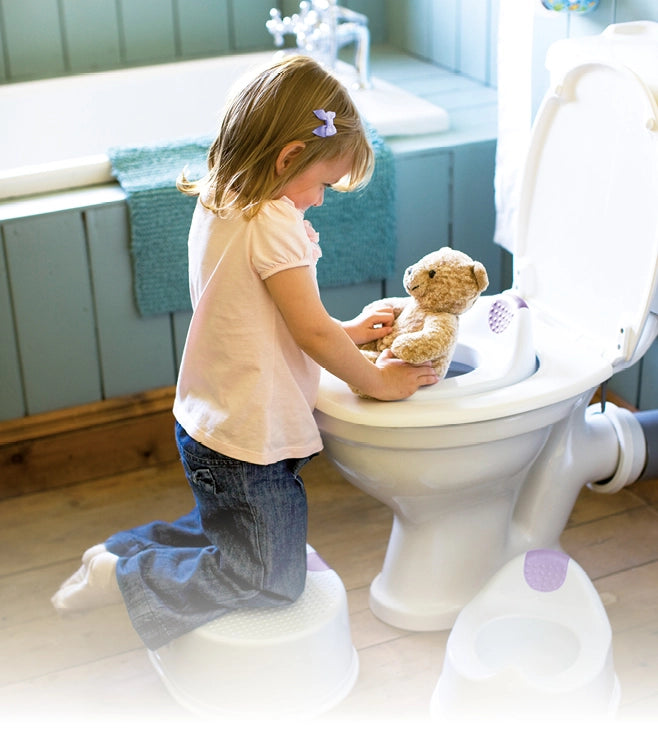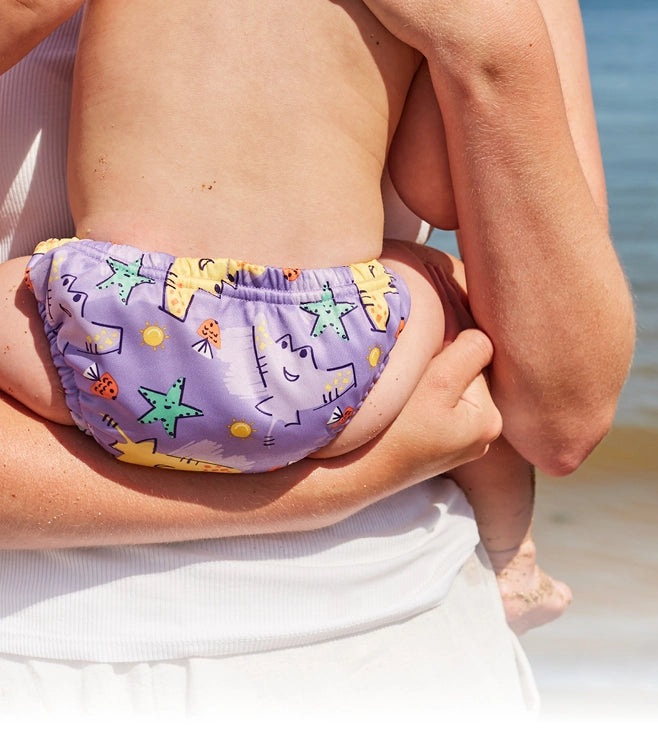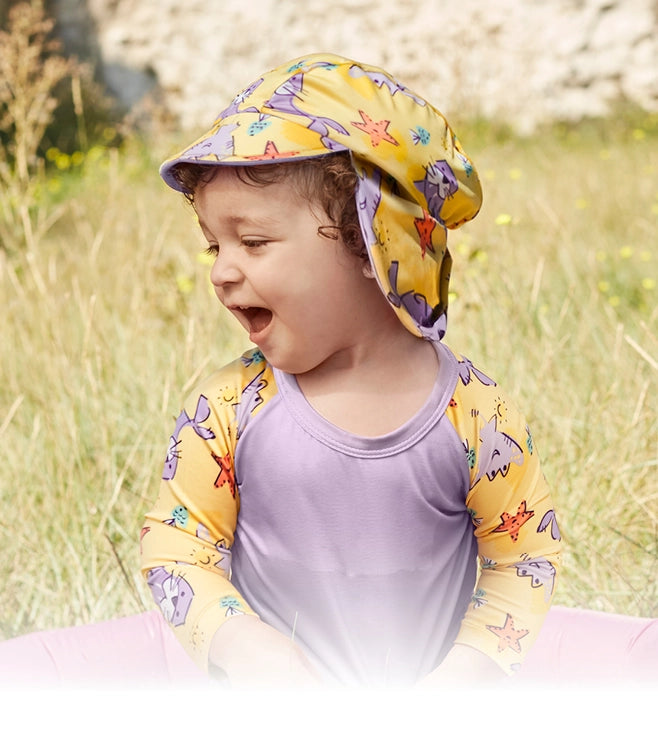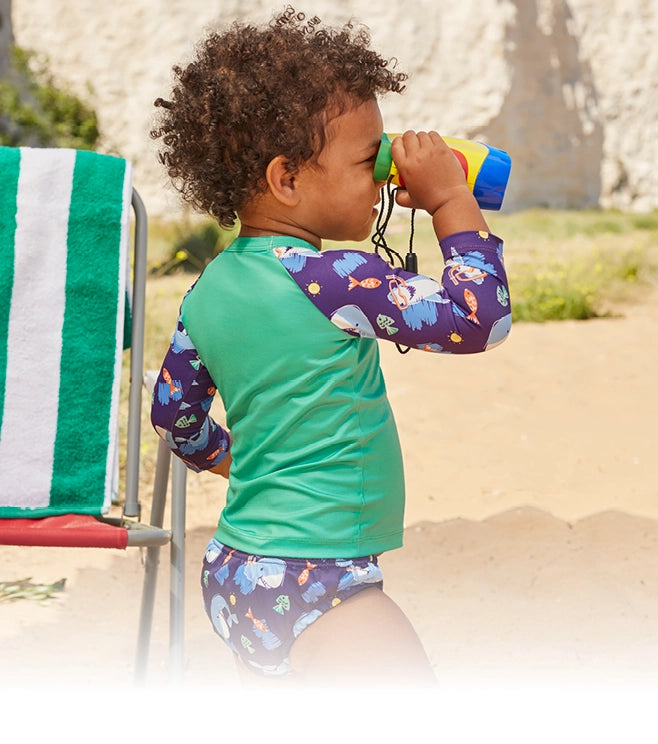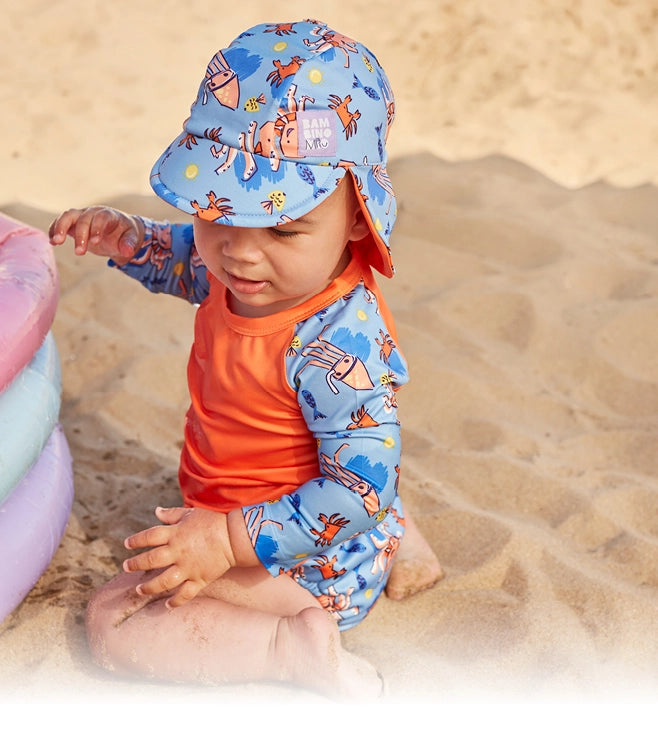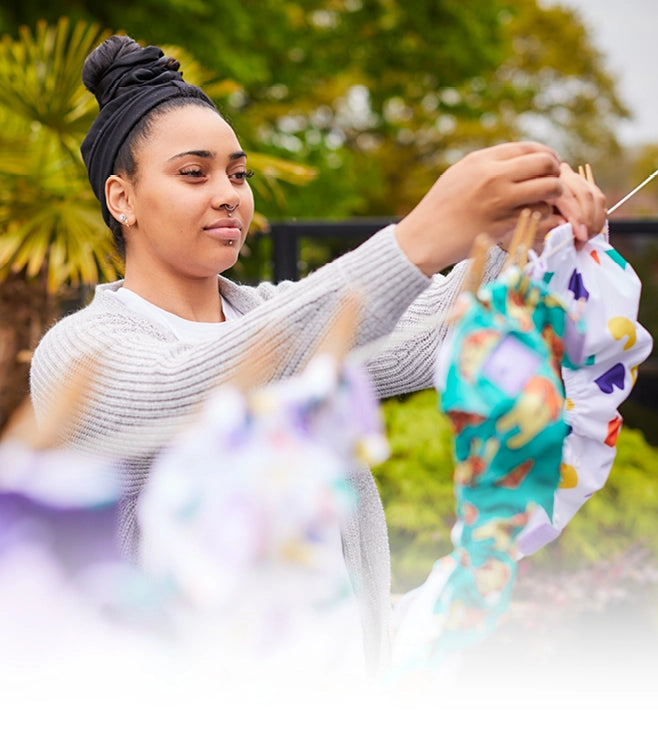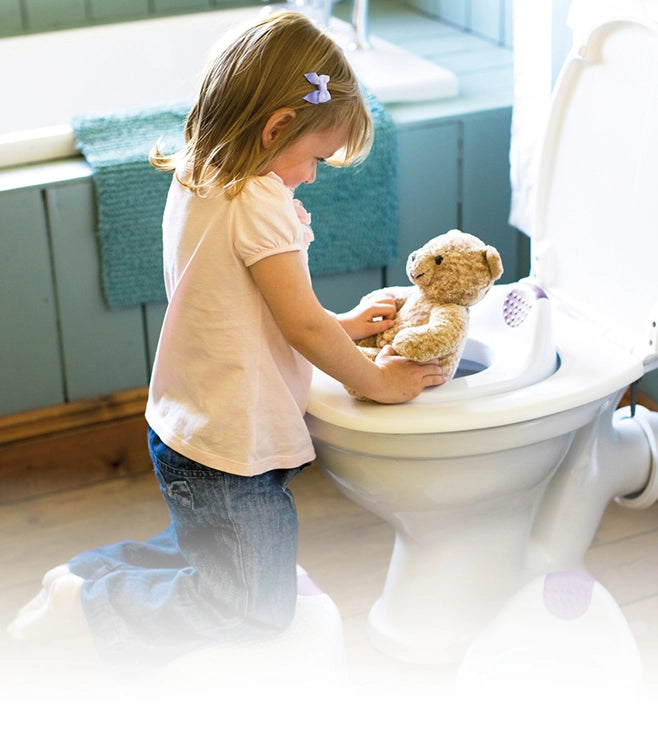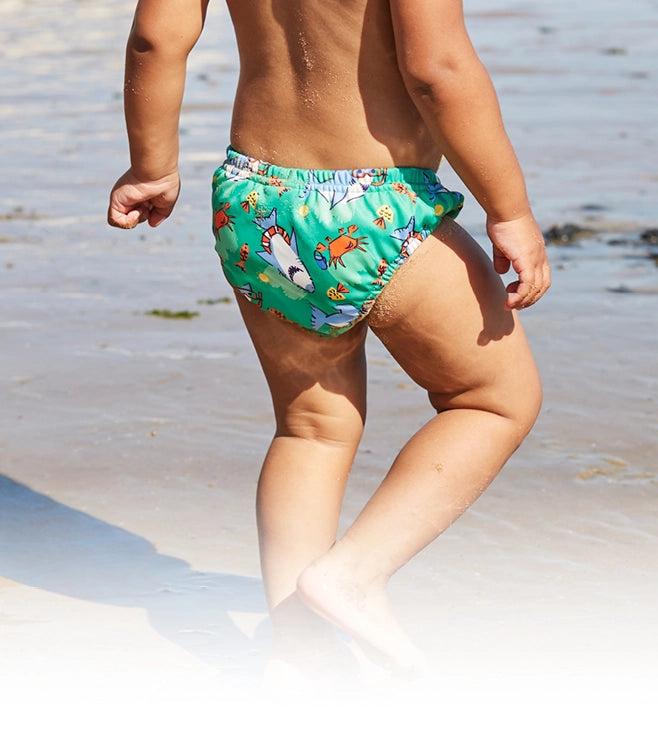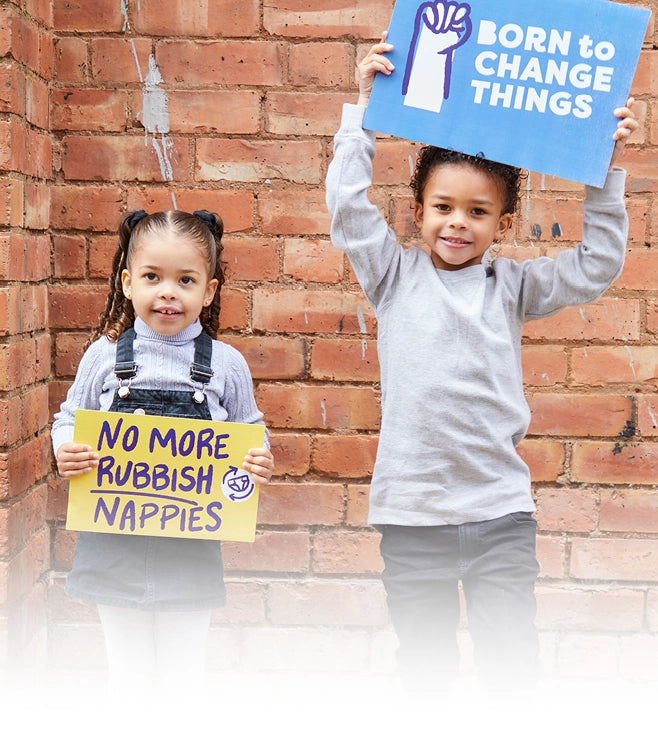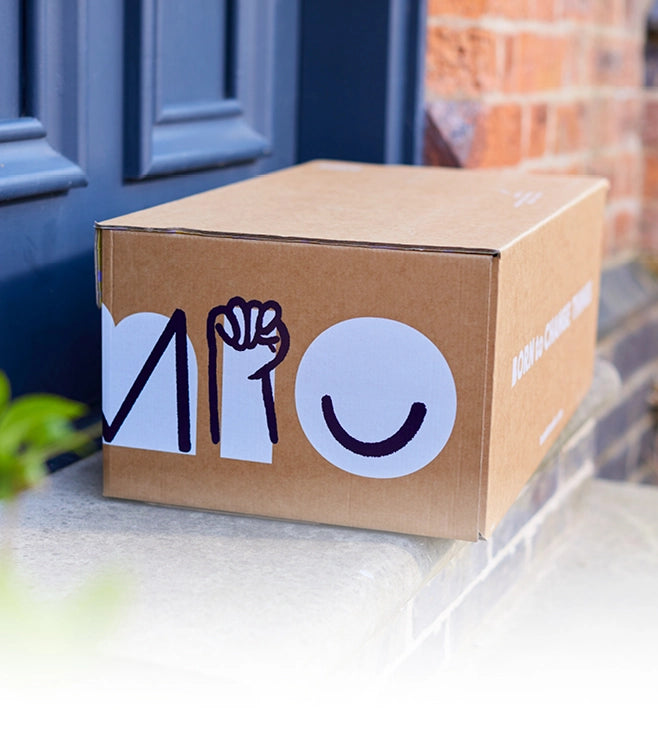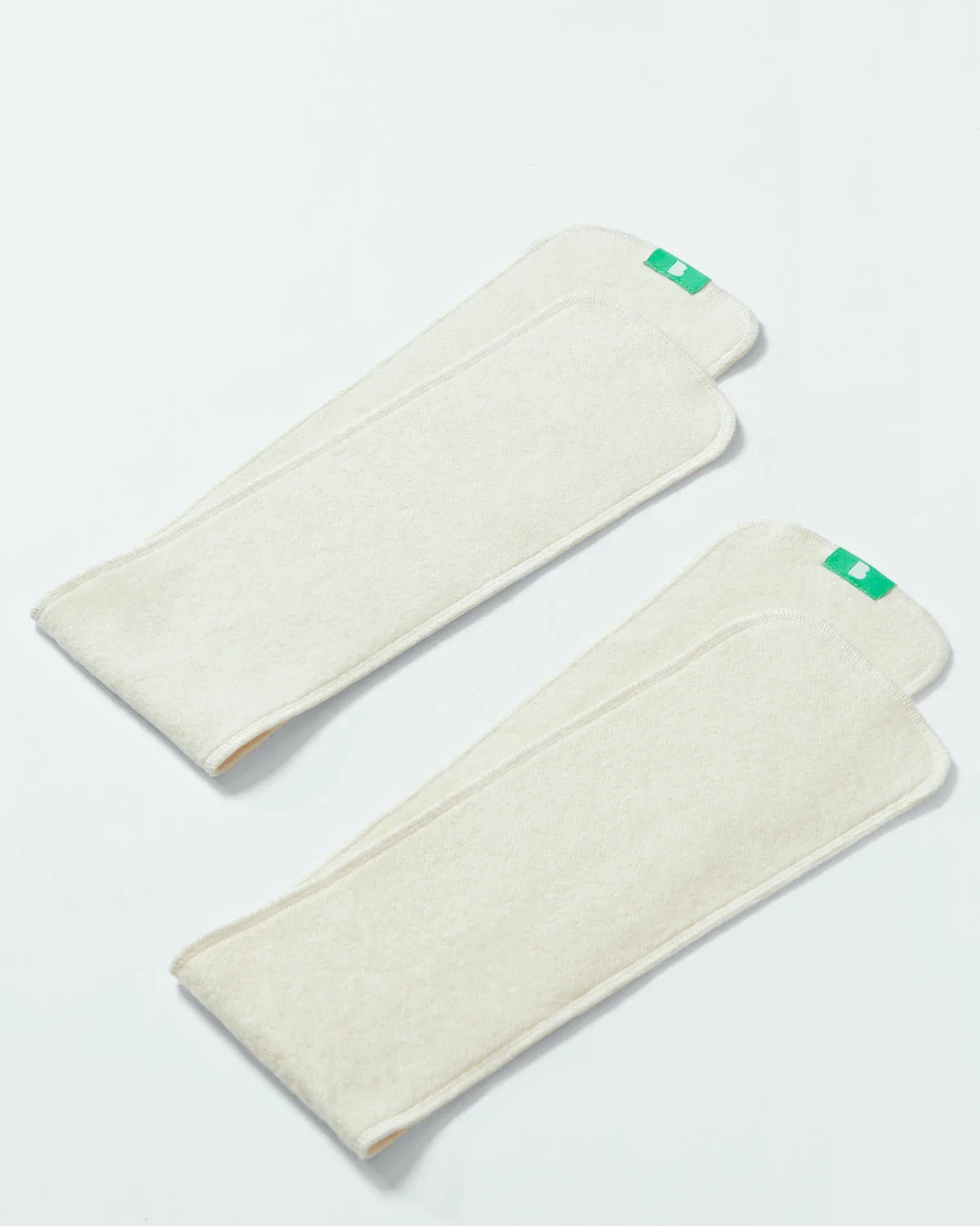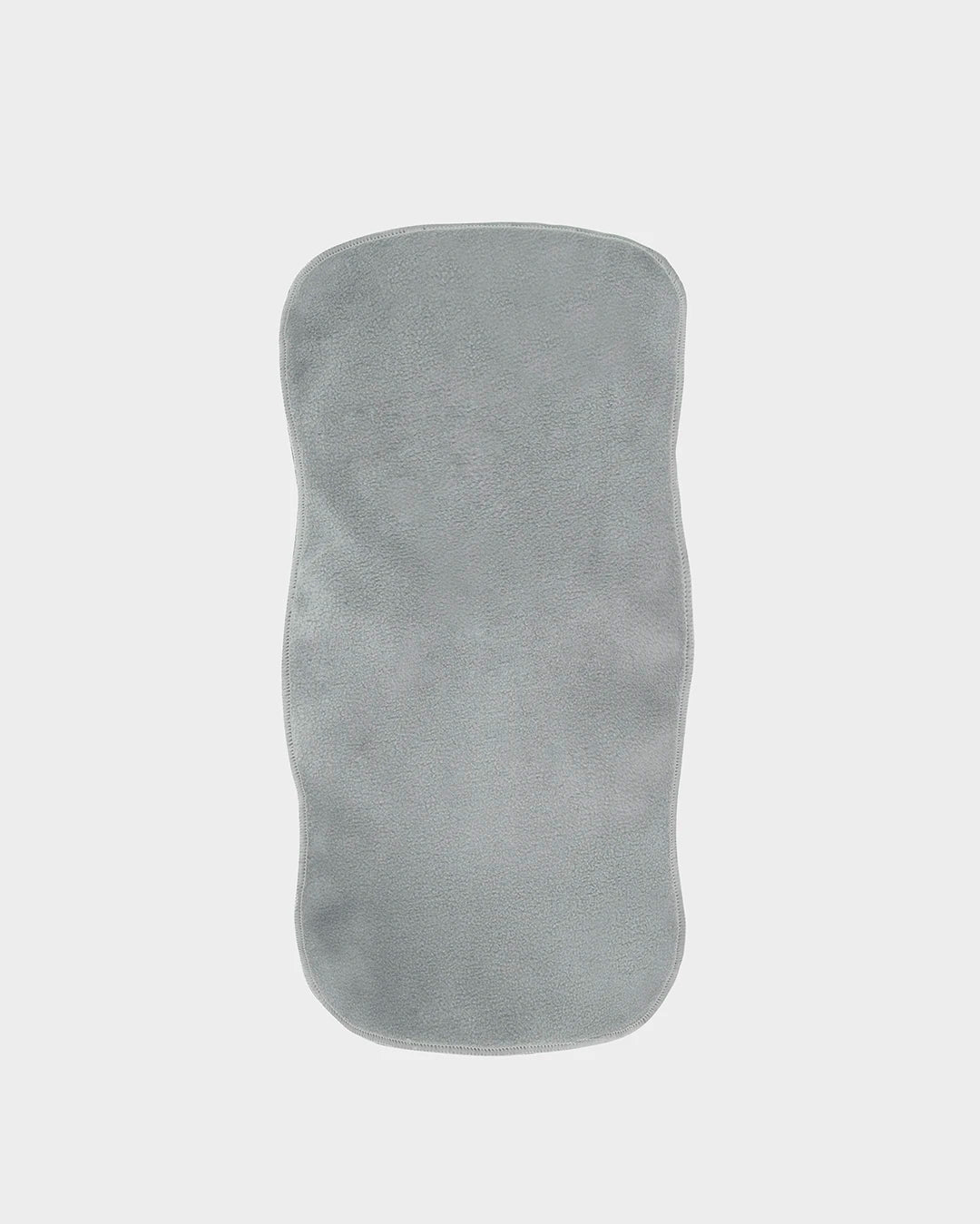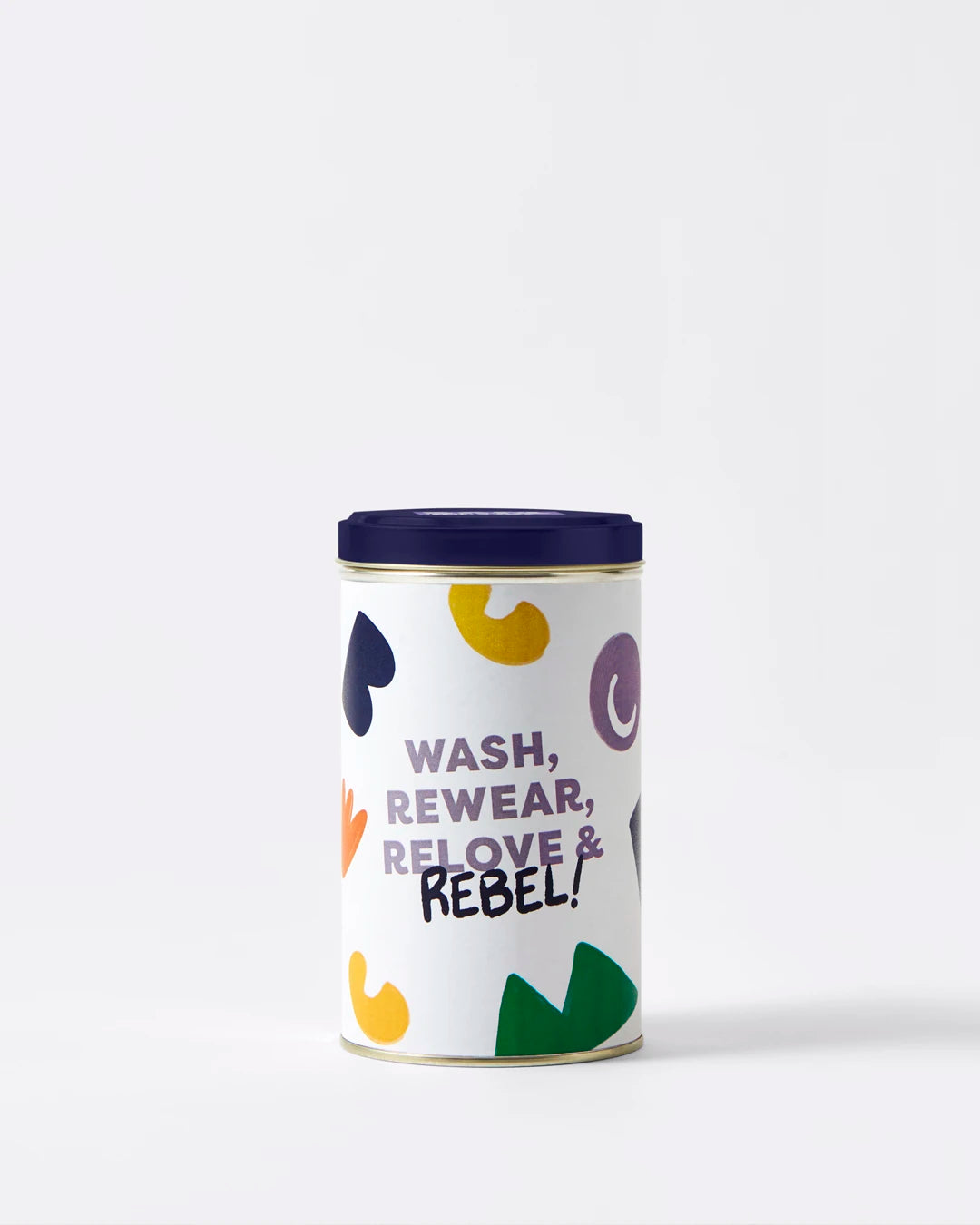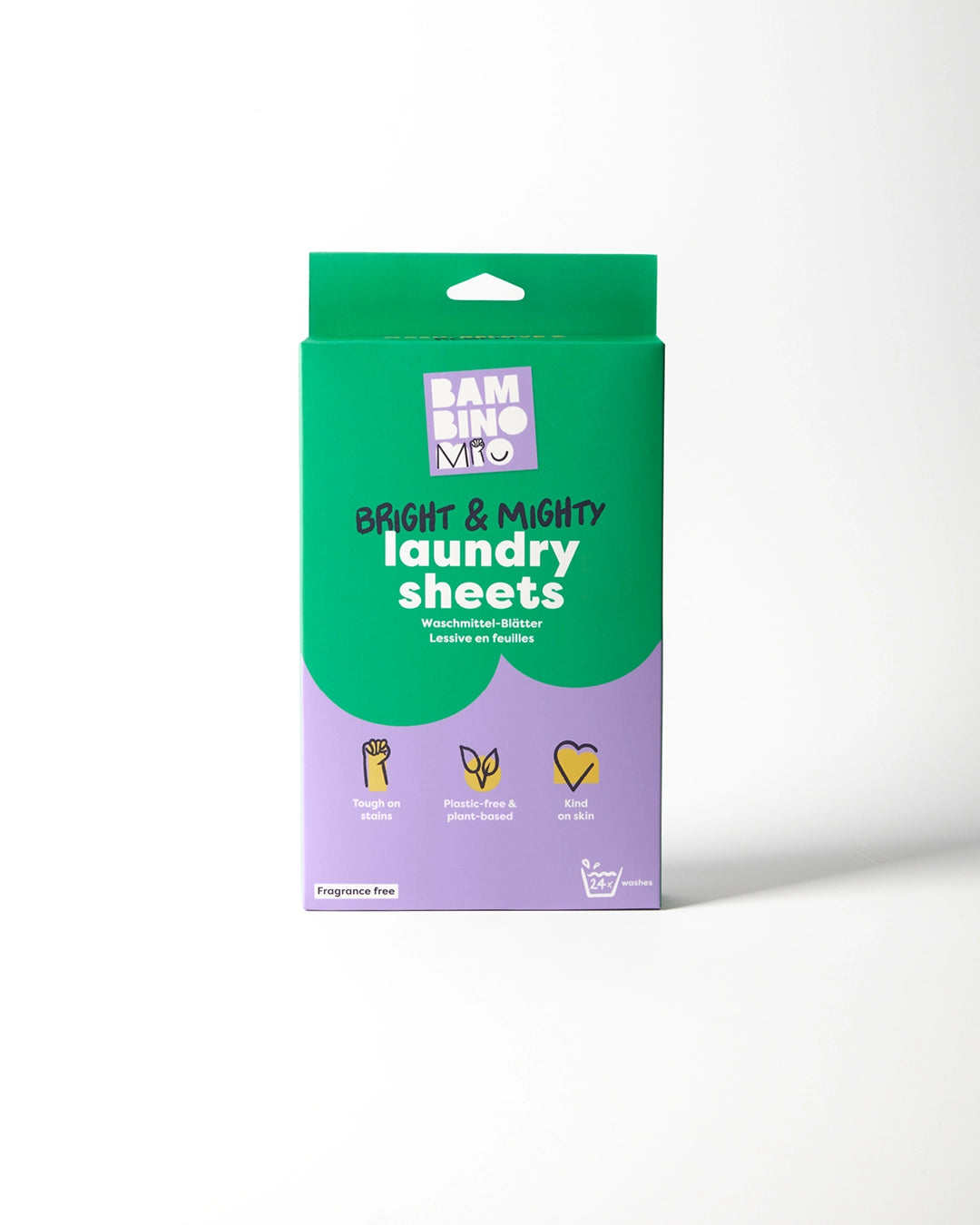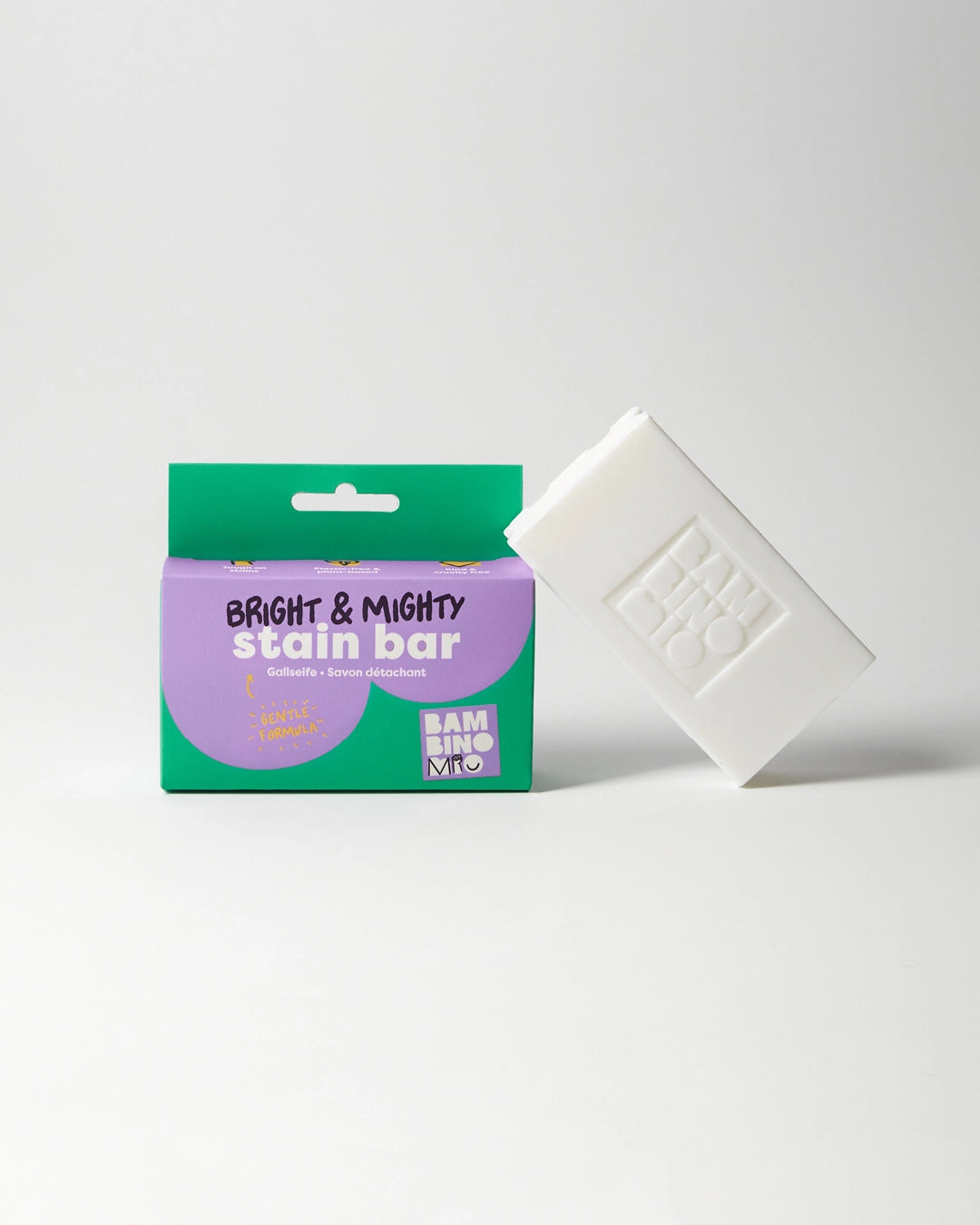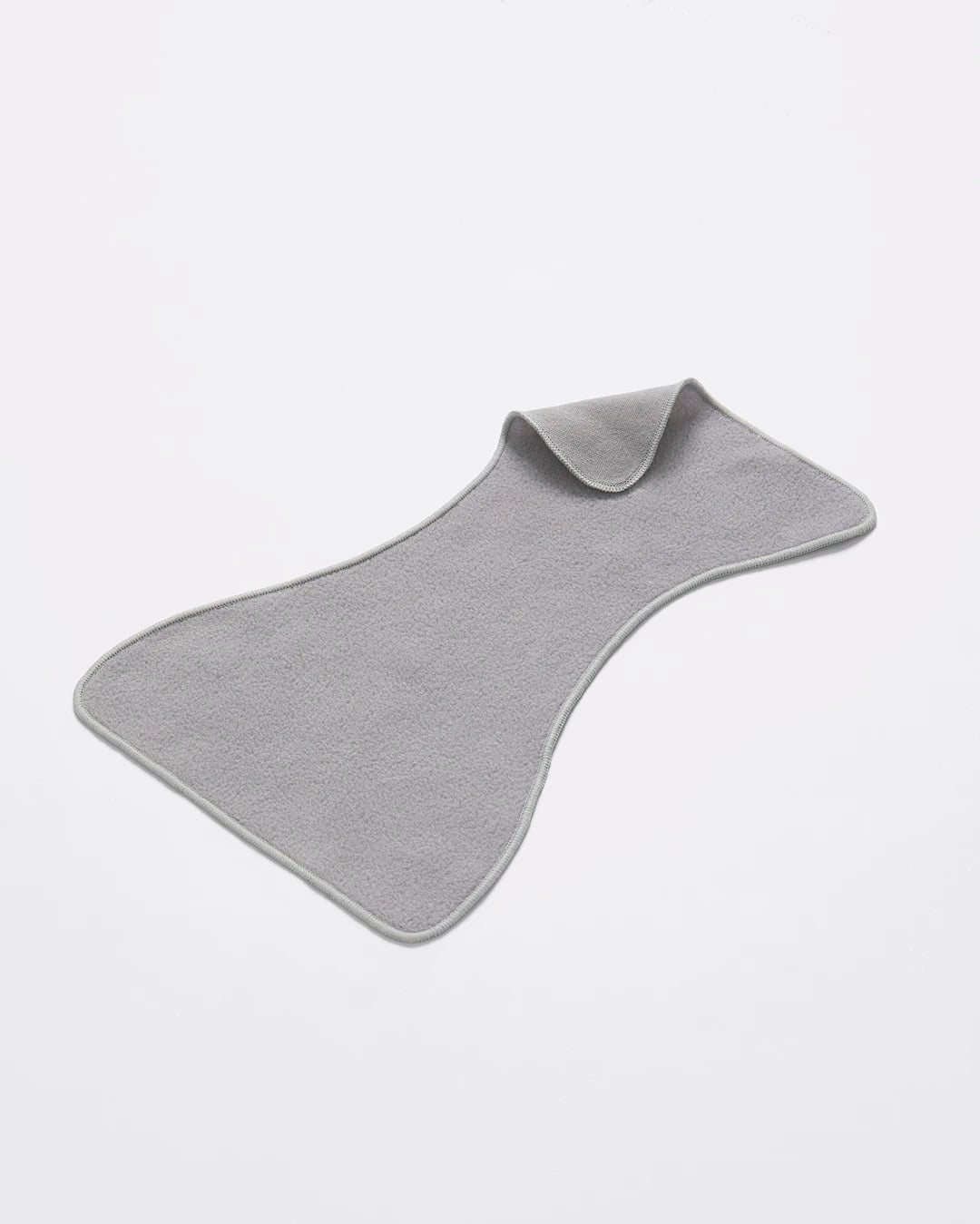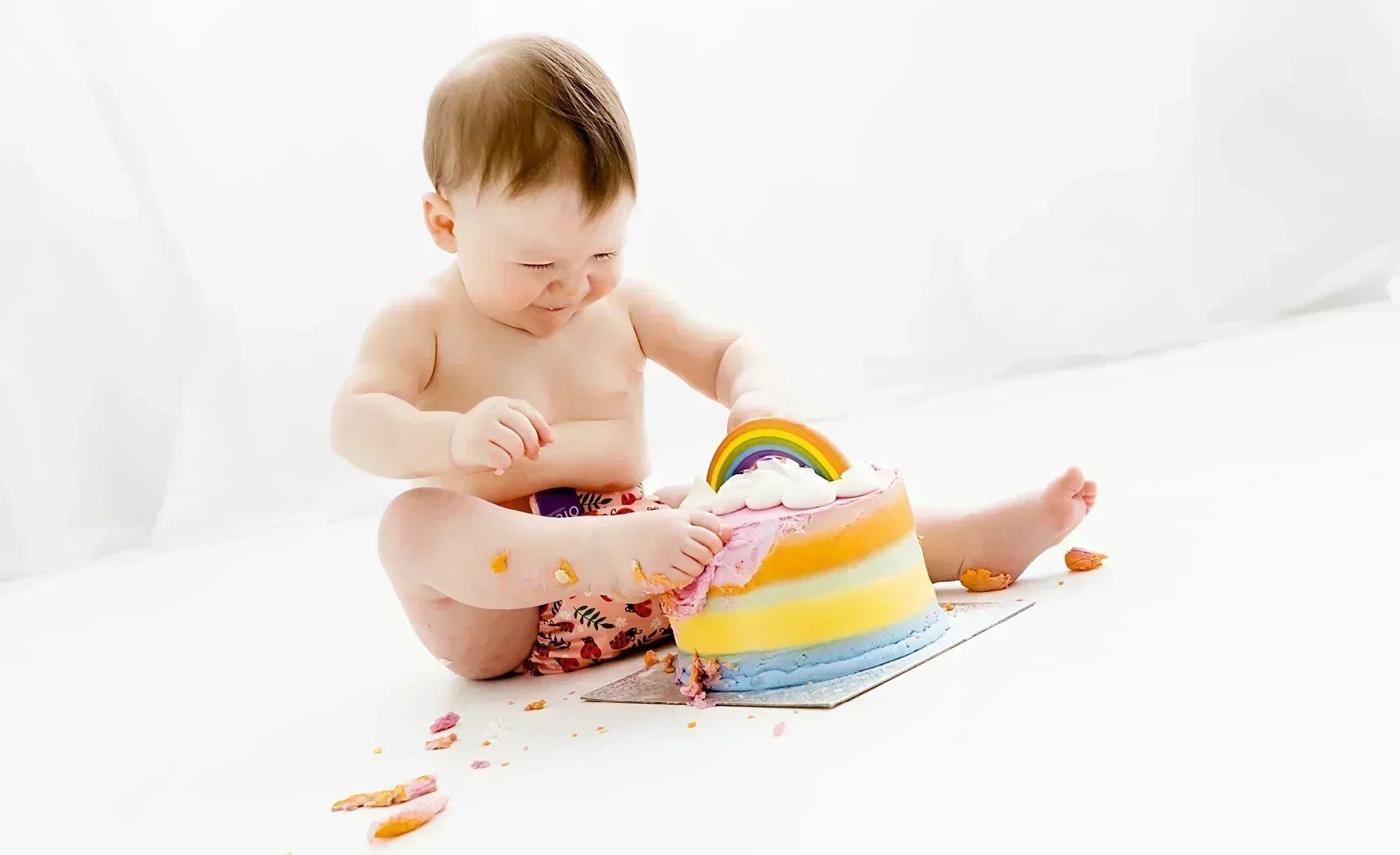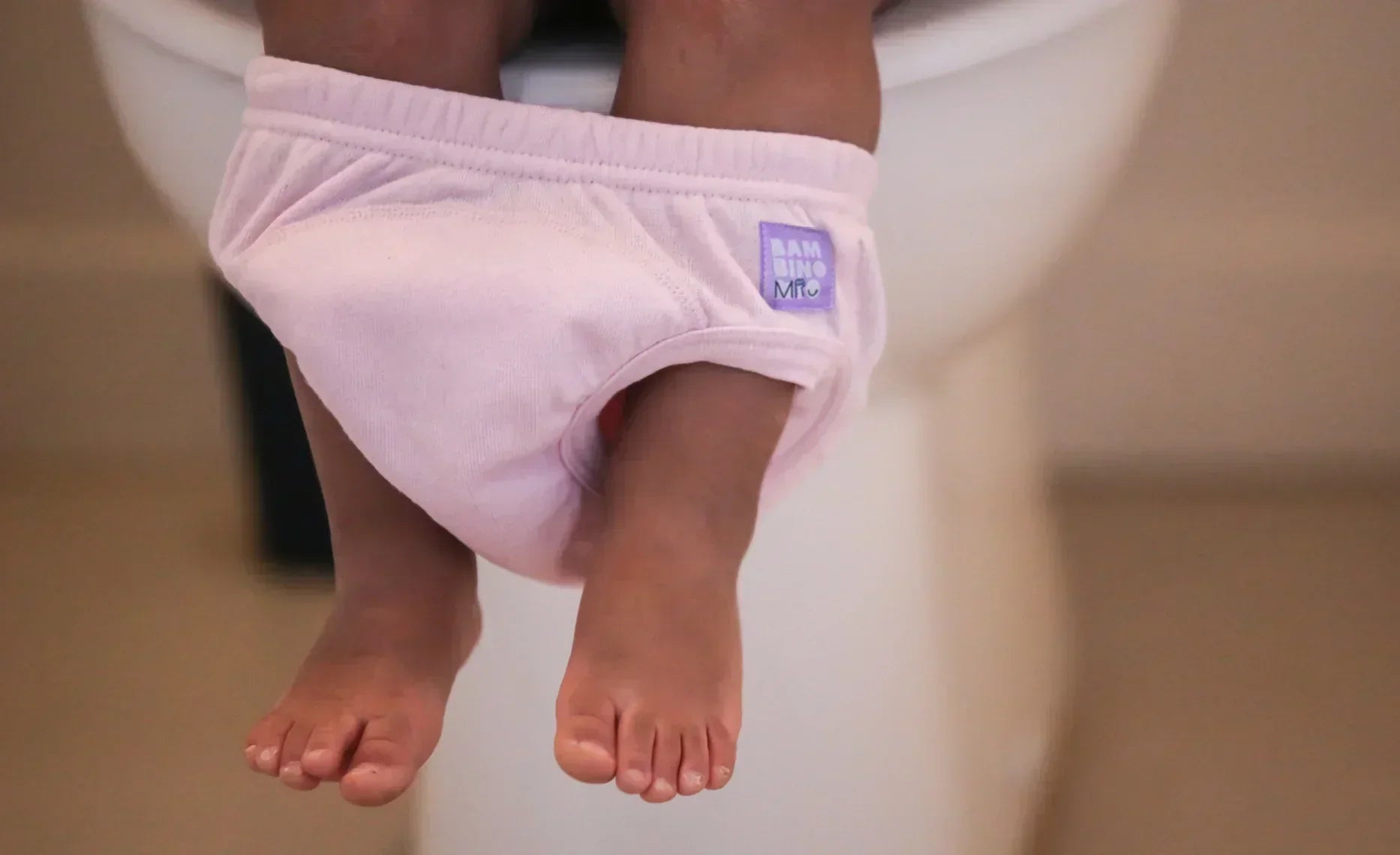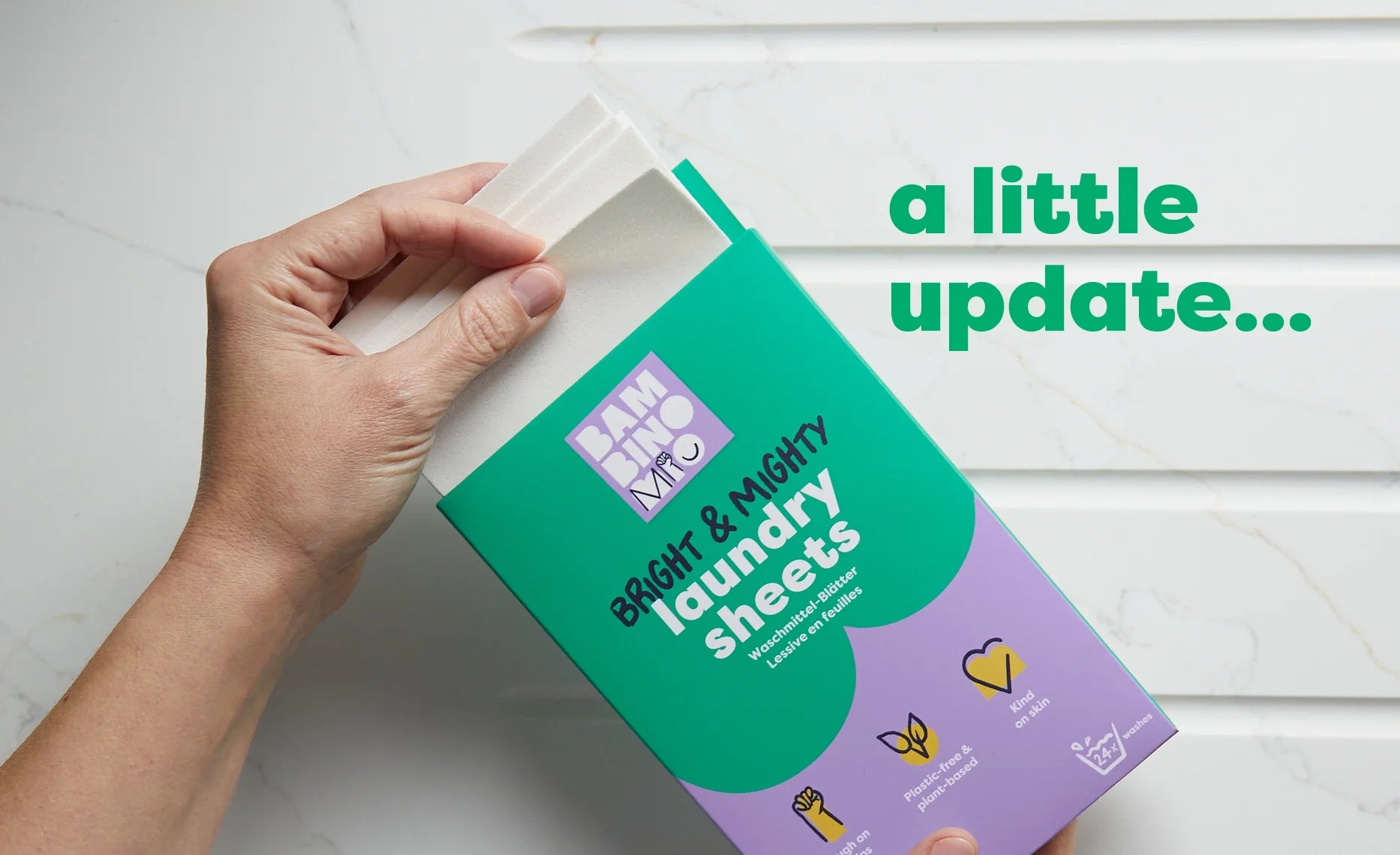Week 3 of Pregnancy | How Big is Your Baby at 3 Weeks?
Share Options
- Bambino Mio
- 09 / 07 / 2023
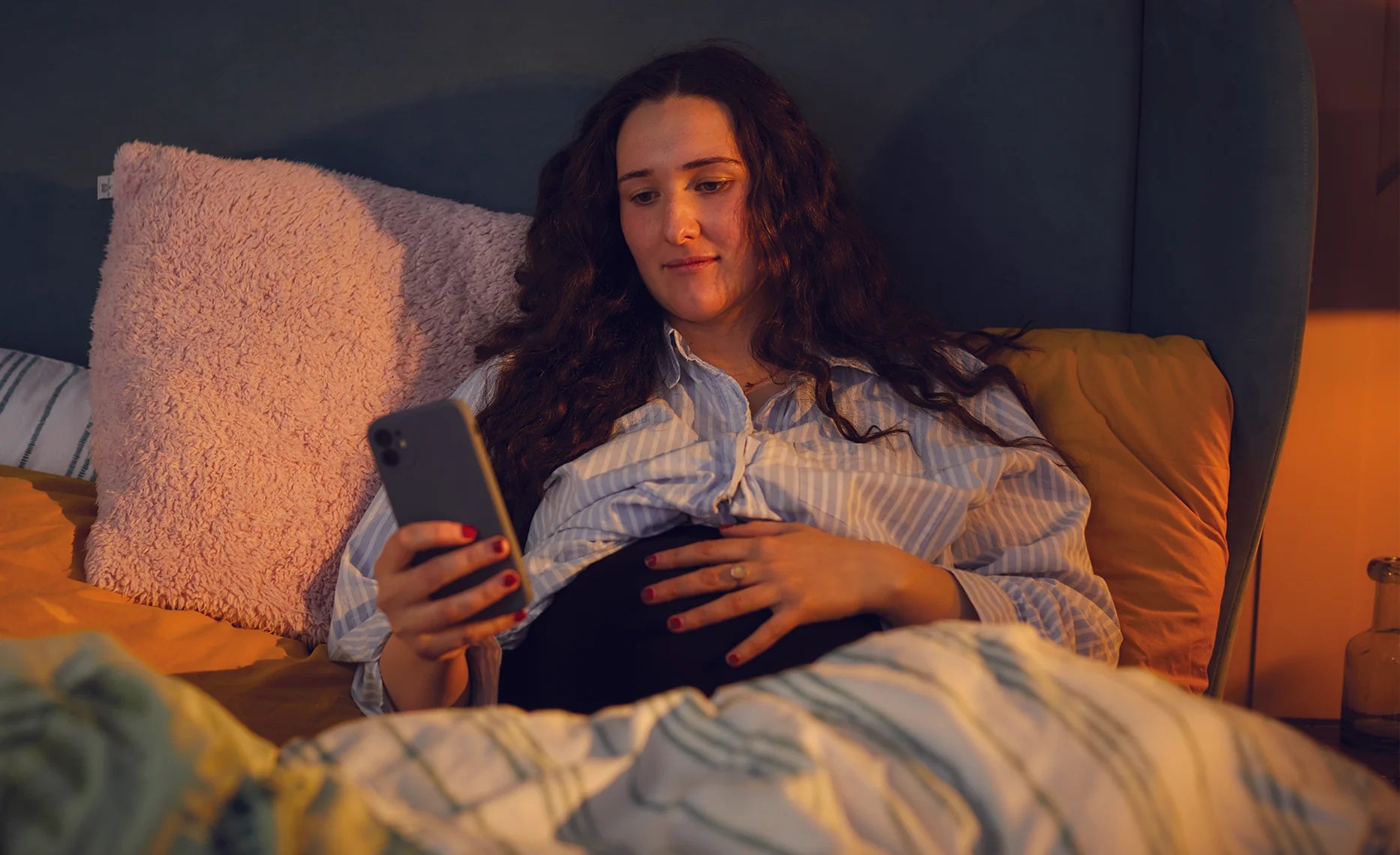
Inside this Article:
Pregnancy is a time of huge change for you, your body and your life. Our guide will help you through this amazing time, letting you know what to expect at each stage and, most excitingly, what your baby is up to each week.
Your baby is the size of a pinhead!
Your baby has been a single-celled zygote (1) this week and is now well on its way to becoming a ball of cells known as a blastocyst. As a zygote, your baby was around 0.1mm and as a blastocyst they’re around 0.2mm (2) - the size of a pinhead.
Immediately after fertilisation the egg is known as a zygote, which is a single cell containing your and your partner’s DNA. The zygote starts to divide (3) - one cell into two, two cells into four and so on. As if that’s not enough activity, your zygote is making a five-day journey along your fallopian tube to your uterus at the same time. Once in your uterus, this bundle of cells is known as the blastocyst.
What if there’s more than one baby?
During week three of pregnancy, one zygote or blastocyst can become two if it splits. The fertilised egg can split into two (or three) identical groups of cells at any point, but it typically happens around now and if it does, you have identical twins (4).
Fraternal twins (5) can also happen this week if you release two eggs rather than one and both eggs meet with sperm and are fertilised. If you have fraternal twins, you’ll have two separate zygotes and blastocysts from the very beginning.
How you’re feeling at three weeks pregnant
There’s a lot happening in your body, but you probably aren’t aware of anything! You most likely don’t have any physical symptoms, not even a missed period yet, although some women say in retrospect that they felt different or that something was happening. These feelings could be related to the excitement of waiting to do a test or just premenstrual sensations, though.
If you feel emotional during this week it could be down to waiting to take your pregnancy test, especially if you’ve been trying to conceive for a while, rather than any early pregnancy symptoms.
You might notice some spotting
When your blastocyst gets to your uterus, it attaches itself to the uterine lining and burrows in - or implants (6). This implantation occasionally causes a small bout of bleeding from the endometrium, so if you notice any spotting, don’t immediately think it’s your period because it could be a sign of implantation.
That said, week four is the usual time for implantation bleeding and not everyone has or notices it.
Staying healthy at three weeks pregnant
This time, between ovulation and the time your period would be due, can feel like a bit of a long wait so keep yourself busy by eating healthily and doing some exercise or walking.
Don’t forget those vitamins (especially the folic acid for your baby's neural tube (7)) and cut down or eliminate alcohol and tobacco - the earlier you do this, the better for you and your baby.
Things to think about at three weeks of pregnancy
Get as much fresh air and exercise as you can - this will help the “two-week wait” to pass by and also make you feel more positive about life.
Try not to take a pregnancy test just yet. You may well have bought some, but you almost certainly don’t have high enough levels of the pregnancy hormone human chorionic gonadotropin (hCG) (8) for a positive pregnancy test just yet. Try to stop staring at the box, too (we can see you). Just think, our mothers and grandmothers had to wait for two until they’d missed two or three periods before they even visited their doctor!
Make a plan with your partner to start eating more healthy foods (9) and avoid temptations like junk food and alcohol. If you’re both on board, it’s so much easier.
If you already have some books on pregnancy, start reading them now so you know what’s in store for you once you get that positive test.
Citations and References
(1) National Institutes of Health (NIH) National Library of Medicine. ‘Embryology, Fertilization.’ 2023. Web. www.ncbi.nlm.nih.gov/books/NBK542186
(2) University of New South Wales (UNSW). ‘Embryology. Carnegie Stage 3.’ 2020. Web. embryology.med.unsw.edu.au/embryology/index.php/Carnegie_stage_3
(3) National Institutes of Health (NIH) National Library of Medicine. ‘Cell Division.’ 2021. Web. medlineplus.gov/ency/anatomyvideos/000025.htm
(4) National Institutes of Health (NIH). National Human Genome Research Institute. ‘Identical Twins.’ 2023. Web. www.genome.gov/genetics-glossary/identical-twins
(5) National Institutes of Health (NIH). National Human Genome Research Institute. Fraternal Twins.’ 2023. Web. www.genome.gov/genetics-glossary/Fraternal-Twins
(6) Healthline. ‘What are the Signs that Implantation Has Occurred?’ 2019. Web. www.healthline.com/health/implantation-signs#what-is-impantation
(7) National Health Service (NHS). ‘Folic Acid. Pregnancy, Breastfeeding and Fertility While Taking Folic Acid.’ 2022. Web. www.nhs.uk/medicines/folic-acid/pregnancy-breastfeeding-and-fertility-while-taking-folic-acid
(8) National Institutes of Health (NIH). National Library of Medicine. ‘Human Chorionic Gonadotropin.’ 2022. Web. www.ncbi.nlm.nih.gov/books/NBK532950
(9) National Health Service (NHS). ‘Keeping Well in Pregnancy. Eating Well in Pregnancy.’ 2023. Web. www.nhs.uk/pregnancy/keeping-well/have-a-healthy-diet
Pregnancy by Week, What to Expect


